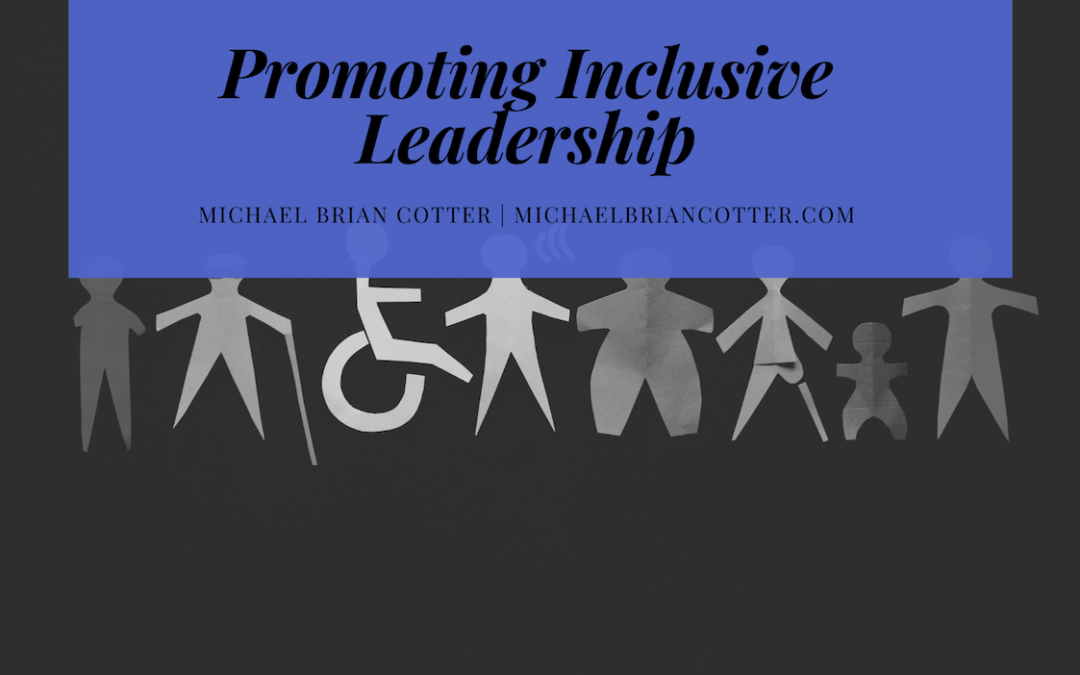Many things can contribute to your employees feeling respected and appreciated, but most often, it will come down to your leadership style. When leaders make their employees feel included and that their word means something, they’re more likely to speak up, collaborate, or do just that much more to help the company. In this article, we will talk about how you can promote inclusive leadership.
Traits of Inclusive Leadership
Inclusive leaders have many traits to help them become successful, but when it comes to the ones that many share, these six traits are the most common:
- Visible commitment: Commitment is incredibly important– whether that be to uphold diversity, hold others accountable, or challenge the status quo, this trait allows people to make diversity a priority for the organization, as well as a personal priority.
- Humility: Inclusive leaders are honest about their capabilities, understand when to ask for help, admit mistakes when they inevitably happen, and allow others to help contribute to the situation.
- Awareness of bias: These people are aware of their own biases and the flaws in the system and understand that they should work towards a meritocracy.
- Curiosity: They seek to understand the people and the world around them, listen to others without judgment, and have a sense of empathy and an open mindset to help them understand the world around them.
- Cultural intelligence: Being attentive to others’ cultures is an integral aspect of inclusive leadership as required so that people continue to feel respected.
- Effective collaboration: these people foster an open and safe environment to help plant the seeds of growth. These people focus on team cohesion, paying attention to the diversity of thinking and psychological safety.
Putting the traits into practice
One of the ways that you can go about promoting inclusive leadership is to put together a diverse personal advisory board (PAD). This group of people should have regular contact with you and who you trust to tell it to you straight. These people can help give feedback on the behaviors that you’re doing well or ones that need to be looked at. These PADs can be an ongoing occurrence, so you can get a steady stream of feedback on the changes that you’ve made (or need to make).
You can also look at ways where you can share your learning journey when it comes to recognizing and addressing biases. Even just taking a second to talk about what you’ve learned when it comes to diversity and inclusion can really help. This, in turn, expresses humility, an essential trait of inclusive leadership. Addressing biases can be incredibly difficult, but as a leader, your modeling of humility in this sense can allow your employees to feel understood and accepted.
Inclusive leadership is becoming more and more necessary as we navigate an increasingly diverse marketplace, customer outreach, and talent acquisition. This is why becoming more aware of how you are leading and having the humility and empathy to understand when to change is critical to your own development.
